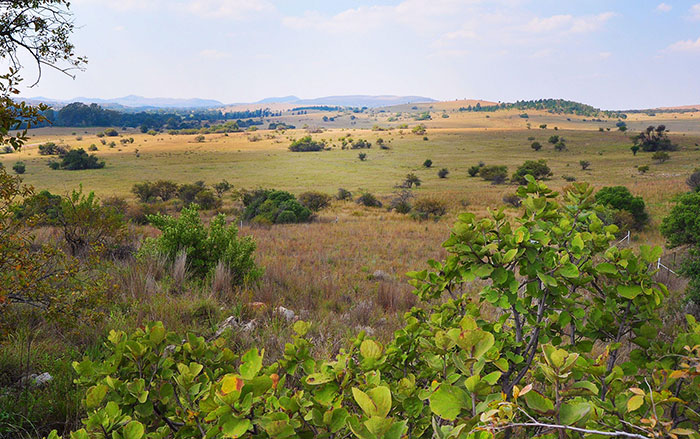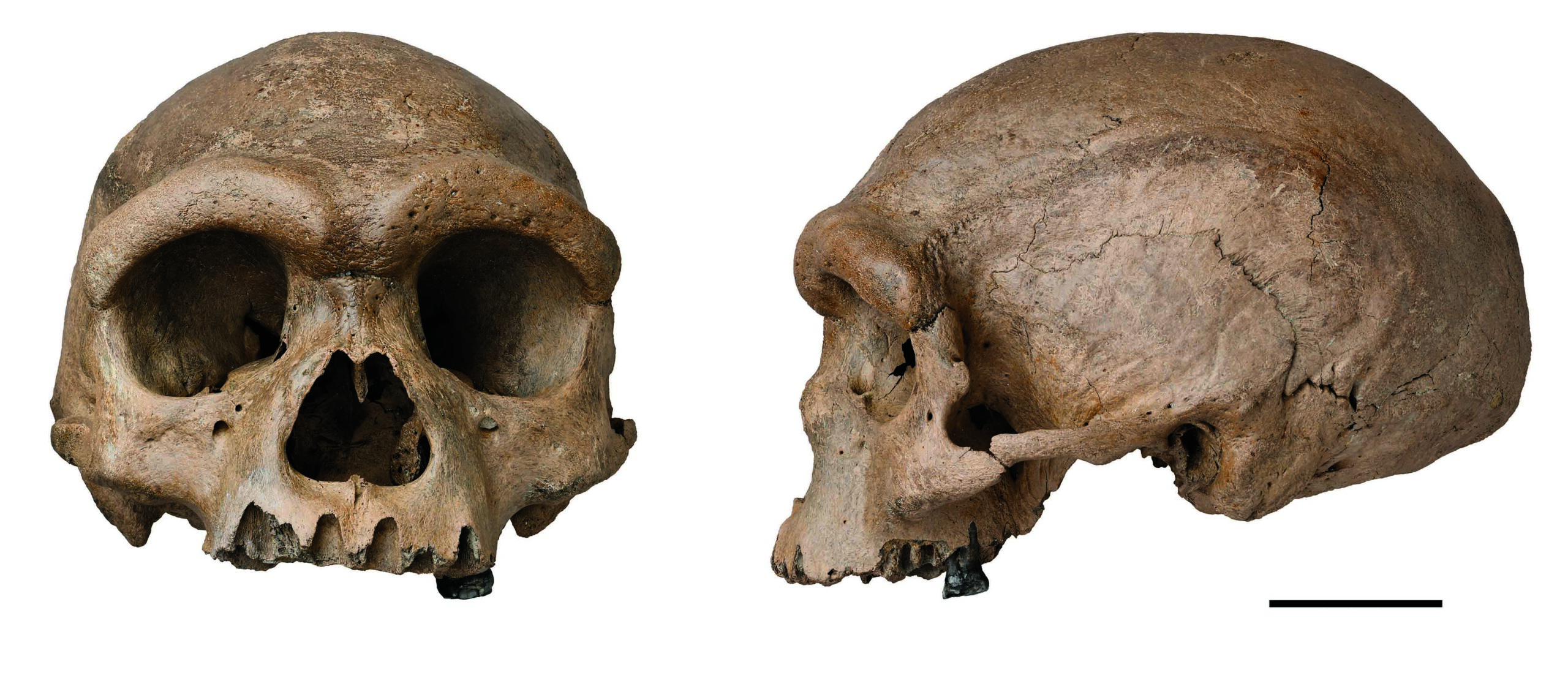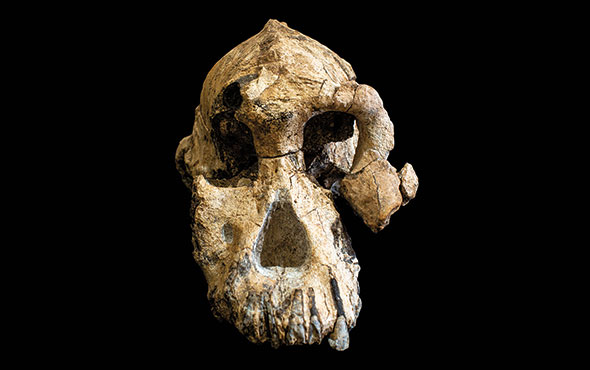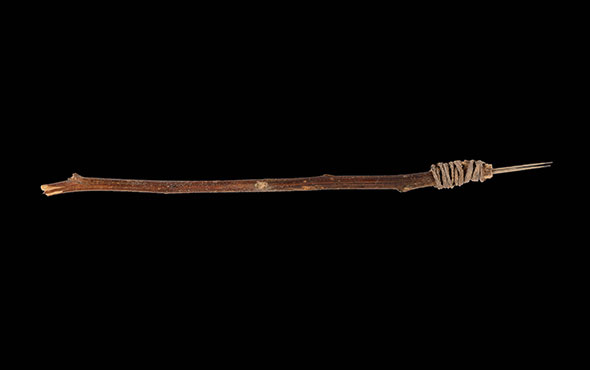Consuming the meat of large animals is generally thought to have been instrumental in human evolution. It allowed early hominins, such as australopithecines, to begin developing larger brains some 3.4 million years ago. At a time when early hominins were not yet able to manufacture and hunt with sophisticated tools, however, obtaining meat from animals that significantly outweighed them was a dangerous undertaking. Researchers now believe that our human ancestors may have first acquired the taste for meat by scavenging carcasses left behind by other predators. Even if most of the meat was rotten or had already been consumed, early hominins may have used stones and other tools to smash open bones and access fatty marrow deposits, an invaluable source of the nutrients required by their very large brains. “Targeting marrow not only enables a stone-wielding hominin to access a novel resource that can’t be accessed by most other carnivores, but it was a relatively low-risk food,” says Yale University paleoanthropologist Jessica Thompson. This combination of high caloric returns at a low cost may have served as the ideal gateway to a long-standing carnivorous habit.
Marrow of Humanity
SHARE:
Recommended Articles
Digs & Discoveries May/June 2022
Cradle of the Graves

(Vita/Alamy Stock Photo)
Digs & Discoveries November/December 2021
China's New Human Species

(Wei Gao)
Digs & Discoveries July/August 2020
Sticking Its Neck Out

(R.J. Clarke)
Artifacts November/December 2019
Australopithecus anamensis Cranium

(Dale Omori/Cleveland Museum of Natural History)
-
Features May/June 2019
Bringing Back Moche Badminton
How reviving an ancient ritual game gave an archaeologist new insight into the lives of ancient Peruvians
 (Courtesy Christopher Donnan, Illustration by Donna McClelland)
(Courtesy Christopher Donnan, Illustration by Donna McClelland) -
Features May/June 2019
Inside King Tut’s Tomb
A decade of research offers a new look at the burial of Egypt’s most famous pharaoh
 (Courtesy Factum Arte)
(Courtesy Factum Arte) -
Letter from the Dead Sea May/June 2019
Life in a Busy Oasis
Natural resources from land and sea sustained a thriving Jewish community for more than a millennium
 (Duby Tal/Albatross/Alamy Stock Photo)
(Duby Tal/Albatross/Alamy Stock Photo) -
Artifacts May/June 2019
Ancestral Pueblo Tattoo Needle
 (Robert Hubner/Washington State University)
(Robert Hubner/Washington State University)



